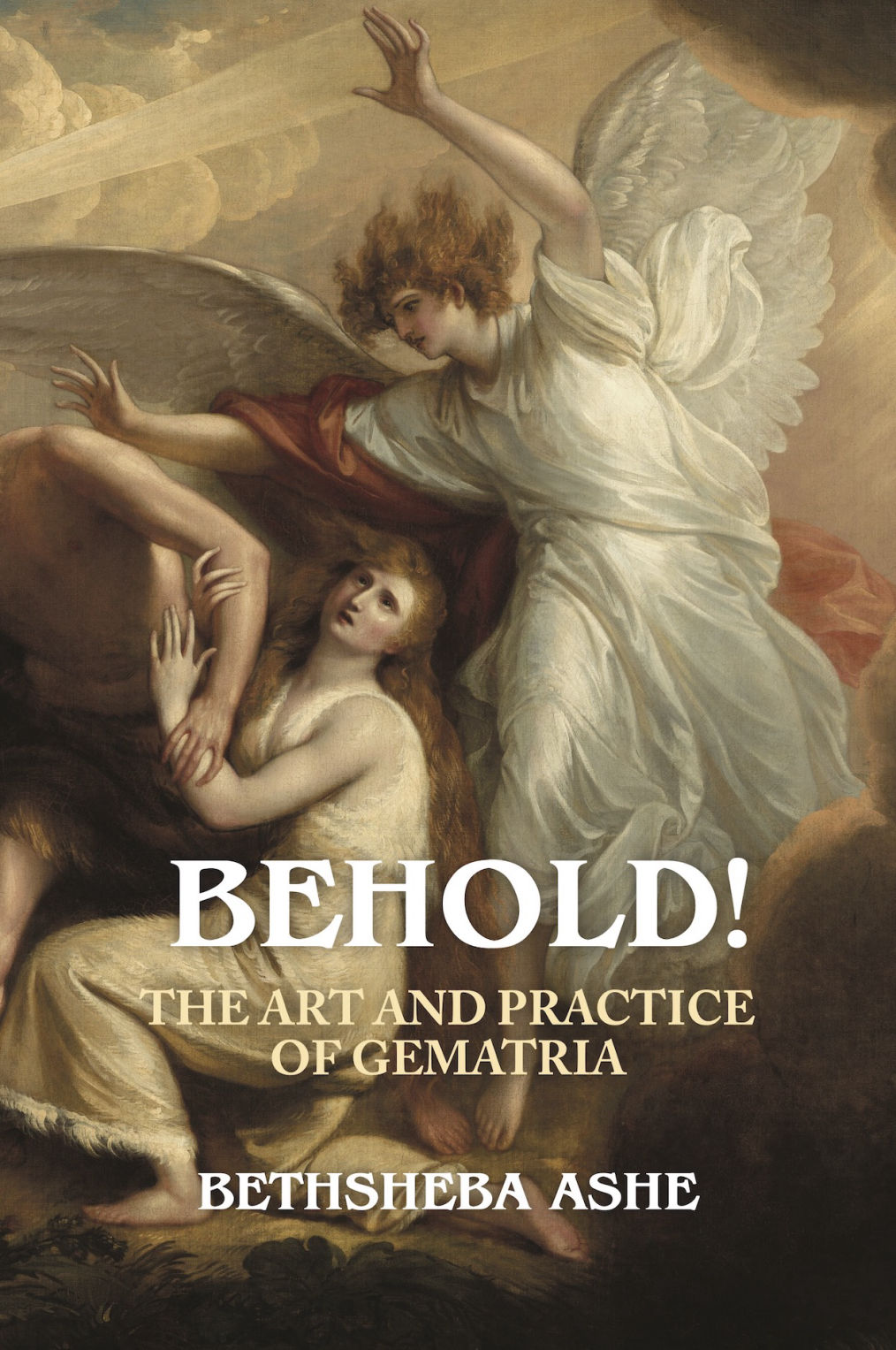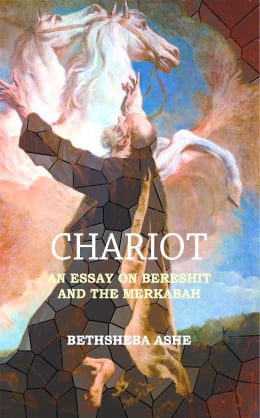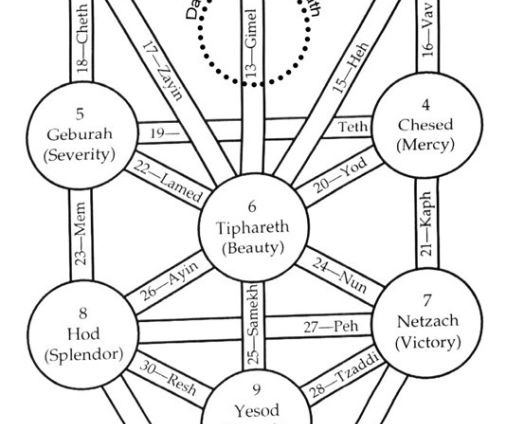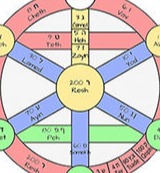Words and Calculations with the same Gematria value ...
| Word | Translation & Meaning | Transliteration | Strong's Number |
|---|
| חצר גדה | Meaning: Chatsar-Gaddah, a place in Palestine. Usage: Hazar-gaddah. | ChTsRGDH | 2693 |
| יצרי | Meaning: Jitsri, an Israelite. Usage: Isri. | ITsRI | 3339 |
| יצרי | Meaning: a Jitsrite (collectively) or descendants of Jetser. Usage: Jezerites. | ITsRI | 3340 |
| יקר | Meaning: properly, apparently, to be heavy, i. e. (figuratively) valuable; causatively, to make rare (figuratively, to inhibit). Usage: be (make) precious, be prized, be set by, withdraw. | IQR | 3365 |
| יקר | Meaning: value, i. e. (concretely) wealth; abstractly, costliness, dignity. Usage: honour, precious (things), price. | IQR | 3366 |
| יקר | Meaning: Usage: glory, honour. | IQR | 3367 |
| יקר | Meaning: valuable (objectively or subjectively). Usage: brightness, clear, costly, excellent, fat, honourable women, precious, reputation. | IQR | 3368 |
| ירק | Meaning: to spit. Usage: × but, spit. | IRQ | 3417 |
| ירק | Meaning: properly, pallor, i. e. hence, the yellowish green of young and sickly vegetation; concretely, verdure, i. e. grass or vegetation. Usage: grass, green (thing). | IRQ | 3418 |
| ירק | Meaning: properly, green; concretely, a vegetable. Usage: green, herbs. | IRQ | 3419 |
| כפיר | Meaning: a village (as covered in by walls); also a young lion (perhaps as covered with a mane). Usage: (young) lion, village. | KPIR | 3715 |
| מסתור | Meaning: a refuge. Usage: covert. | MSThVR | 4563 |
| מער | Meaning: a nude place, i. e. (literally) the pudenda, or (figuratively) a vacant space. Usage: nakedness, proportion. | MOR | 4626 |
| מרע | Meaning: used as (abstract) noun, wickedness. Usage: do mischief. | MRO | 4827 |
| מרע | Meaning: a friend. Usage: companion, friend. | MRO | 4828 |
| סרן | Meaning: an axle; figuratively, a peer. Usage: lord, plate. | SRN | 5633 |
| עמר | Meaning: properly, apparently to heap; figuratively, to chastise (as if piling blows); to gather grain. Usage: bind sheaves, make merchandise of. | OMR | 6014 |
| עמר | Meaning: wool. Usage: wool. | OMR | 6015 |
| עמר | Meaning: properly, a heap, i. e. a sheaf; also an omer, as a dry measure. Usage: omer, sheaf. | OMR | 6016 |
| ערם | Meaning: properly, to be (or make) bare; but used only in the derivative sense (through the idea perhaps of smoothness) to be cunning (usually in a bad sense). Usage: × very, beware, take crafty (counsel), be prudent, deal subtilly. | ORM | 6191 |
| ערם | Meaning: to pile up. Usage: gather together. | ORM | 6192 |
| ערם | Meaning: a stratagem. Usage: craftiness. | ORM | 6193 |
| ערם | Meaning: a heap; specifically, a sheaf. Usage: heap (of corn), sheaf. | ORM | 6194 |
| צעננים | Meaning: Tsaanannim or Tsaanajim, a place in Palestine. Usage: Zaannannim, Zaanaim. | TsONNIM | 6815 |
| צרך | Meaning: need. Usage: need. | TsRK | 6878 |
| קיר | Meaning: a wall (as built in a trench). Usage: mason, side, town, × very, wall. | QIR | 7023 |
| קיר | Meaning: Kir, a place in Assyrian; also one in Moab. Usage: Kir. | QIR | 7024 |
| קרי | Meaning: hostile encounter. Usage: contrary. | QRI | 7147 |
| רבשקה | Meaning: Rabshakeh, a Babylonian official. Usage: Rabshakeh. | RBShQH | 7262 |
| ריק | Meaning: emptiness; figuratively, a worthless thing; adverbially, in vain. Usage: empty, to no purpose, (in) vain (thing), vanity. | RIQ | 7385 |
| ריק | Meaning: empty; figuratively, worthless. Usage: emptied(-ty), vain (fellow, man). | RIQ | 7386 |
| רסן | Meaning: a halter (as restraining); by implication, the jaw. Usage: bridle. | RSN | 7448 |
| רסן | Meaning: Resen, a place in Assyrian. Usage: Resen. | RSN | 7449 |
| רעם | Meaning: to tumble, i. e. be violently agitated; specifically, to crash (of thunder); figuratively, to irritate (with anger). Usage: make to fret, roar, thunder, trouble. | ROM | 7481 |
| רעם | Meaning: a peal of thunder. Usage: thunder. | ROM | 7482 |
| רתוק | Meaning: a chain. Usage: chain. | RThVQ | 7569 |
| בני האלהים בנות האדם כי טבת | Meaning: Sons + the Elohim + Daughters + the Men + were + good. From Genesis 6:2. | BNI HALHIM BNVTH HADM KI TBTH | 0 |
| νεφελων ע | Meaning: Clouds + Ayin [Eye]. See Revelation 1:7. | NEPhELON O | 0 |
| אשי ΙΑΩ אשאר | From Liber Arcanorum ~ 'Between Asar and Asi he abideth in joy.' 310 is אל (AL) * 10. See also 202. | AShI IAO AShAR | 0 |
| דניאל דניאל לאלה שמיא | Meaning: 'Daniel Daniel to God of the heavens.' Note ~ when anything is 'blessed' בָּרִ֖ךְ then we must add the value of the word before it twice. From Daniel 2:19. | DNIAL DNIAL LALH ShMIA | 0 |
| אברהם ידו המאכלת - בנו | From Genesis 22:10; meaning Abraham + hand + the knife - his son | ABRHM IDV HMAKLTh - BNV | 0 |
| ארץ איוב | From Job 38:4 where God says to Job "Where were you when I laid the foundations of Earth?" Translation: Earth + Job. | ARTs AIVB | 0 |
| θελημιτες | From AL 1:40 "Who calls us Thelemites will do no wrong, if he look but close into the word." | Thelemites | 0 |
| הסר רזהג ררררר ררררר | It is 310 with the reversal cipher but 2480 with the biblical cipher. 2480 is 8 x 310. In Hebrew, if a letter is written large it has a value in the thousands, otherwise it has to written as ררררר ררררר which is 10 x 200. 2480 is the value of the two gates in the middle pillar of the Seven Palaces if the Beth was written large. These gates spanned the gulf between man and God, the created and the creator. See 248 for Abraham, and 31 for 'god'. | HSR RZHG RRRRR RRRRR | 0 |
| Taphtatharath | Taphtatharath is reputed to be a Mercurial spirit of great power according to the ancient magickal grimoire of Tiriel. This word was used by Aleister Crowley to curse his doctor, who died within 24 of him. | טאפטאתאראת | 0 |
| יהשוה | This word is known as the pentagrammaton. It is an allegorical form of the Hebrew name of Jesus, found in the works of Athanasius Kircher, Johann Baptist Grossschedel (1619) and other late Renaissance esoteric sources. In the second half of the 16th century, when knowledge of Biblical Hebrew first began to spread among a significant number of Christians, certain esoterically minded or occultistic circles came up with the idea of deriving the Hebrew name of Jesus by adding the Hebrew letter shin ש into the middle of the Tetragrammaton divine name yod-he-waw-he יהוה to produce the form yod-he-shin-waw-he יהשוה. | IHShVH | 0 |





Please SHARE this PAGE!